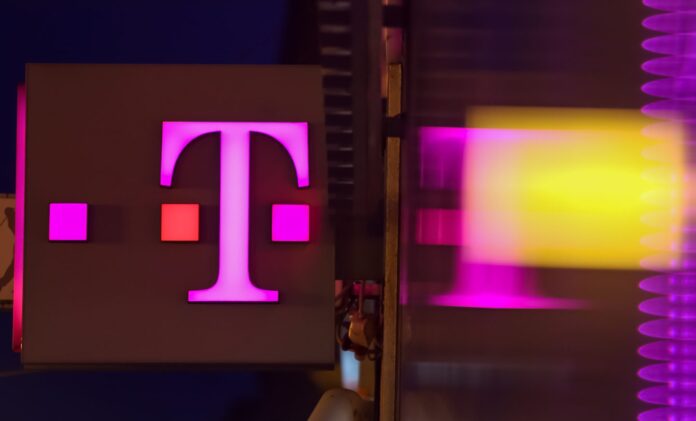Nokia said that FWA technology will support residential broadband applications such as high-definition video streaming
Finnish vendor Nokia said it is collaborating with T-Mobile US to launch a dedicated gateway solution that supports LTE, 5G NonStandalone and 5G Standalone technologies for the carrier’s fixed-wireless high-speed internet (HSI) traffic.
Under the terms of this deal, Nokia will deploy its Multi-Access Gateway (MAG) solution, which it says will allow T-Mobile US to improve service scalability as well as time to market.
Nokia said that FWA technology will support residential broadband applications such as high-definition video streaming that consumes significantly more bandwidth than mobile applications. The Nokia platform can incrementally scale the bandwidth for HSI traffic to multiple Terabits-per-second, while providing significant power and space efficiency, the vendor said.
The Nokia MAG leverages the 7750 Service Routers (SR) to efficiently deliver broadband services over fixed-wireless access technologies. The Nokia solution combines the throughput and power savings of an NPU-assisted user-plane architecture on 7750 SR systems, while providing the flexibility of the 3GPP control-plane architecture, the Nordic vendor explained.
John Saw, EVP and CTO at T-Mobile US, said: “T-Mobile is one of the fastest growing broadband providers in the country and we are committed to expanding our high-speed Internet service nationwide. The Nokia MAG solution will allow us to simplify our architecture and reduce operational life cycle management and our energy footprint. We are excited to partner with Nokia and leverage their innovative technology.”
“We are pleased to work with T-Mobile to provide a highly scalable and energy-efficient user plane for their fixed-wireless High Speed Internet service. Our MAG solution, which uses our advanced FP5 IP routing silicon, will help T-Mobile to effectively enhance service capacity, scalability, and speed to market,” said Federico Guillén, president of network infrastructure at Nokia.
T-Mobile US recently announced its tests of millimeter-wave spectrum in its 5G Standalone production network, saying that it has been able to hit download speeds of 4.3 Gbps.
Those downlink speeds were achieved with aggregation of eight channels of mmWave spectrum, the carrier said. It also tested mmWave spectrum aggregation of four channels in the uplink, and reported that speeds exceeded 420 Mbps.
The tests, conducted in partnership with Ericsson and Qualcomm, were done without anchoring low- or mid-band spectrum, the carrier noted. T-Mobile said that it is testing 5G SA mmWave for densely crowded areas like stadiums and large venues, as well as “potentially” for Fixed Wireless Access broadband services.
The telco has long emphasized its “layer cake” strategy to its 5G spectrum deployments, with a coverage layer of its 600 MHz low-band airwaves supplemented with additional capacity and speed through its substantial midband spectrum holdings, and mmWave reserved for limited deployments only in places where it is driven by capacity needs or use case.

